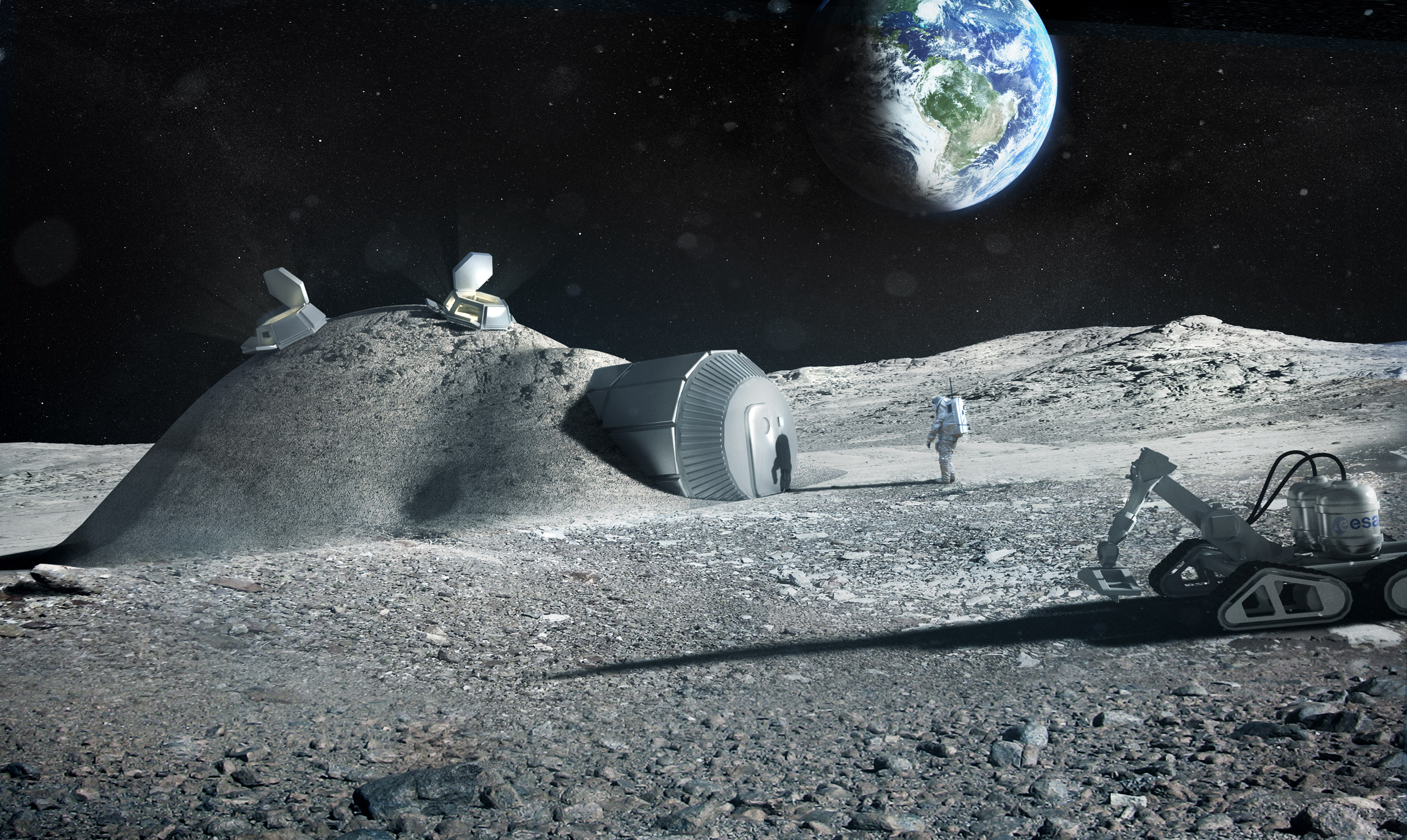CLIMATE FACT CHECK: Study reveals sea surface temperature, not human emissions, drives atmospheric CO2 levels
09/04/2024 / By Lance D Johnson

Despite all the hysteria surrounding human emissions, it turns out that fossil fuel emissions have a negligible impact on atmospheric CO2 levels, especially when compared to natural phenomenon like natural fluctuations in sea surface temperatures. A groundbreaking new study challenges the long-standing belief that human emissions are the primary driver of increasing atmospheric carbon dioxide (CO?) concentrations. The research, published in the Science of Climate Change, argues that sea surface temperatures (SST) play a far more significant role than anthropogenic (human-caused) factors in determining annual changes in atmospheric CO? levels. This research calls into question every climate change agenda proposed by global governments and institutions.
Sea surface temperatures dictate atmospheric CO2 levels, not fossil fuel emissions
Using multivariate analysis and publicly available data from leading climate and energy organizations, Dao Ato’s study compares the impacts of sea surface temperature and human emissions on atmospheric CO? concentrations. The analysis spanned from 1959 to 2022 and employed multiple linear regression techniques to evaluate the influence of sea surface temperature and human CO? emissions on the annual increase in atmospheric CO?.
The results reveal that sea surface temperature data, derived from NASA and the UK-HADLEY Centre datasets, was the most accurate predictor of CO? concentrations. The regression model incorporating sea surface temperature explained approximately 66% of the variance in annual CO? increases post-1959, with a remarkably high correlation between predicted and actual CO? levels. The study found a Pearson correlation coefficient of 0.9995 between the CO? concentrations predicted using sea surface temperature data from the UK-HADLEY Centre and actual measurements from NOAA, with a minimal prediction error of 1.45 ppm in 2022. In contrast, human CO? emissions showed no significant correlation with annual changes in atmospheric CO?.
Ato’s study also found that human methane emissions, despite rising dramatically in recent decades, have not contributed to rising methane concentrations in the atmosphere through the 21st century.
Sea surface temperature data from NASA’s GISS and the UK-HADLEY Centre similarly demonstrated strong correlations with atmospheric CO? levels, surpassing the much smaller, insignificant correlations between human emissions and atmospheric CO2 levels. The study also challenges the accuracy of historical CO? records, noting discrepancies between ice core data and modern measurements.
Multiple linear regression models revealed that sea surface temperature was a statistically significant explanatory factor for annual CO? increases, while human emissions were not. Specifically, sea surface temperature accounted for 57% to 66% of the variance in CO? levels, depending on the dataset used.
The study’s findings suggest that natural variations in sea surface temperature, rather than human activities, are the dominant factor influencing fluctuations in atmospheric CO?. This study challenges the prevailing narrative that human emissions are the primary driver of climate change, and should call into question all global government narratives surrounding the climate change agenda.
Growing body of research finds atmospheric CO2 levels not dependent on fossil fuel emissions
This study builds upon previous research in 2013 by Wang et al., which assessed CO2 emissions from fossil fuel combustion and land use changes. The study found that these man-made activities only account for +0.1 to 0.3 PgC/yr of the annual change in CO2 concentration, which is approximately only one tenth of the variance of oxygen on the CO2 growth rate. Further back, in a 2005 study, researchers found that changes in atmospheric CO2 changes were NOT associated with annual fossil fuel emissions and are unlikely to explain CO2 growth rate anomalies.
In addition, a 2009 study by Dr. Jari Ahlbeck evaluated the correlation between fossil fuel emissions and the increase in CO2 growth rates, but found the correlation to be “clearly statistically insignificant.” Fossil fuel emissions had such a negligible impact on atmospheric CO2 that he ultimately excluded it from consideration in his analysis of the mechanisms of CO2 variability. In other words, man-made activities have a negligible impact on the planet. Most of the temperature and weather changes on Earth are natural, and the level of CO2 in the atmosphere is out of our control and should not be the concern of any global government or activist organization.
Sources include:
ScienceofClimateChange.com [PDF]
Empslocal.ex.uk [PDF]
Submit a correction >>
Tagged Under:
atmospheric CO2, carbon dioxide, clean air, climate change narratives, climate science news, climate variance, CO2 levels, control, deception, discoveries, fossil fuel emissions, global government, hoax, illusion of control, lies, natural phenomenon, research, science fraud, sea surface temperature, temperature cycles, weather
This article may contain statements that reflect the opinion of the author
RECENT NEWS & ARTICLES
COPYRIGHT © 2017 RESEARCH NEWS




















